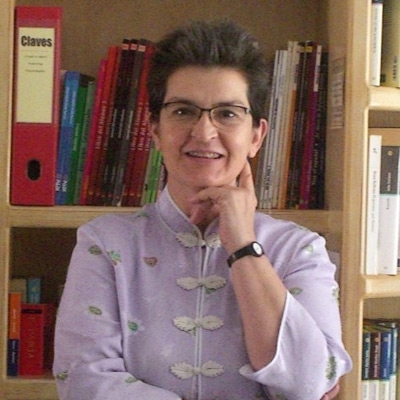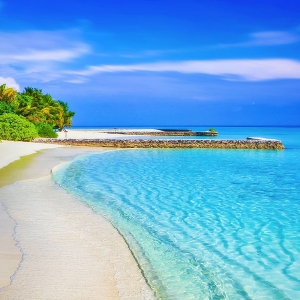Doing a Spanish course abroad can be daunting. Here's what to expect.
 Get Informed<b>What to Expect</b>
Your language level
We have created a list of everything you need to know about studying at don Quijote, your first day, your schedule, the learning methodology and certifications.
Get Informed<b>What to Expect</b>
Your language level
We have created a list of everything you need to know about studying at don Quijote, your first day, your schedule, the learning methodology and certifications.
Before you leave for your course you will receive an email from us requesting that you take an online language test. We´ll use these results of this test together with an oral test you will do during your first day of school to make sure you are placed in the right class.
At don Quijote our language levels follow the European Framework of Reference for Languages. We guarantee continuity within all levels so that you can have a seamless learning experience with no interruptions.
Every level is offered in all schools on a weekly basis which allows you for full flexibility to combine destinations.
Your first day starts at 8.30am on Monday morning, when you will be greeted in our schools. You will start your day with an oral and written assessment test in order for us to place you in the correct language level and class. Afterward, you will be introduced to your teacher and classmates before being greeted by the School Director during the campus and neighborhood tour. You will also receive our don Quijote Student Welcome Pack.
To ensure the effectiveness of our programs, don Quijote follows a general schedule of morning and afternoon classes. However, as part of our commitment to flexibility, we are happy to work with each student to meet their specific needs. Your timetable is structured based on the program you have chosen.
Our learning methodology combines classroom lessons with special interest/cultural classes, workshops, lectures and classes held outside the classroom. All our programs are designed to help you learn Spanish in a fun and enjoyable way.
- General Language Classes: These regular classes are divided by levels and focused on improving vocabulary, grammar, reading, writing, listening, speaking and pronunciation skills.
- Special interests/cultural classes: These classes are focused on developing conversation and communication skills through debate on subjects you are interested in.
- Workshops/Lectures: On a weekly basis, we offer workshops and lectures students are free to sign up for. They cover different skills, levels and subject areas.
- Outside the classroom: Learning Spanish is not just about attending classes, it is a true linguistic and cultural experience. Therefore, through different activities we encourage all our students to practice their Spanish outside the classroom while many times forging friendships that last a lifetime.
After completing the program, we hand all students a certificate documenting their program, hours completed and current level of proficiency achieved as long as the stablished requirements are met.
 Faculty and <b>School Team</b>
Thanks to our innovative and personalized learning method, we blend classroom lessons and cultural immersion. At the center of our teaching methodology is our world-class faculty whose enthusiasm, experience, and professionalism is guaranteed.
Faculty and <b>School Team</b>
Thanks to our innovative and personalized learning method, we blend classroom lessons and cultural immersion. At the center of our teaching methodology is our world-class faculty whose enthusiasm, experience, and professionalism is guaranteed.







 Our<b>Guarantee</b>
The well-being and satisfaction of all of our customers is very important to us
We guarantee our services and the quality of our programs so we can exceed your expectations
The well-being and satisfaction of all of our customers is very important to us.
Our<b>Guarantee</b>
The well-being and satisfaction of all of our customers is very important to us
We guarantee our services and the quality of our programs so we can exceed your expectations
The well-being and satisfaction of all of our customers is very important to us. learning methodology
Your language success is our success
Our academic programs in combination with inspiring professors, a proven methodology, and motivated students is our combo for success.
learning methodology
Your language success is our success
Our academic programs in combination with inspiring professors, a proven methodology, and motivated students is our combo for success.
 About us
don Quijote was established in 1986 as a language travel agency representing Spanish language schools around the world. The company's dedication to service and quality fueled its rapid growth, and we quickly earned a reputation for innovation, personalized service, and excellence.
About us
don Quijote was established in 1986 as a language travel agency representing Spanish language schools around the world. The company's dedication to service and quality fueled its rapid growth, and we quickly earned a reputation for innovation, personalized service, and excellence.



